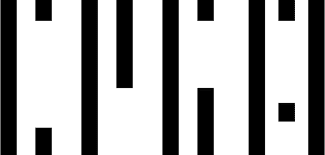Part of that alienation, in this case, is the perverse enjoyment the photographs afford of our own destruction.
The problem is that such images tend to naturalize ____________, with a photography mesmerized by the compositional and chromatic elements of the very infrastructure responsible for our environmental destruction. Which reminds me of Walter Benjamin’s oft-quoted insight about fascist aesthetics: “Its self-alienation has reached the point where it can experience its own annihilation as a supreme aesthetic pleasure.”
- T.J. Demos
Epicenter by Tobias Kaspar has been manufactured especially for the artist by one of China’s largest clothing companies and uses a NASA image depicting the planet earth by night composed to look like a map. Boarders of countries are not marked instead visible through anthropogenic and artificial light are the “human epicenters”.
The brightest areas of the Earth are the most urbanized, but not necessarily the most populated. (Compare western Europe with China and India.) Cities tend to grow along coastlines and transportation networks. Even without the underlying map, the outlines of many continents would still be visible. The United States interstate highway system appears as a lattice connecting the brighter dots of city centers. In Russia, the Trans-Siberian railroad is a thin line stretching from Moscow through the center of Asia to Vladivostok. The Nile River, from the Aswan Dam to the Mediterranean Sea, is another bright thread through an otherwise dark region.
Light pollution is the presence of anthropogenic light in the night environment. It is exacerbated by excessive, misdirected or obtrusive use of light. For three billion years, life on Earth existed in a rhythm of light and dark that was created solely by the illumination of the Sun, Moon and stars. Now, artificial lights overpower the darkness and our cities glow at night, disrupting the natural day-night pattern and shifting the delicate balance of our environment.
Epicenter is a unique installation consisting of carpets, sweaters, mannequin and a photograph. All sweaters of the installation have been produced a second time, carry the artists brand label, and can be purchased at the front desk to be worn as such.







